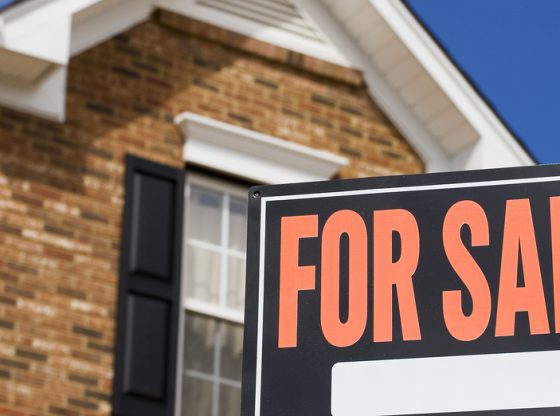Buying a Property with Subsidence
Buying a new property is always an exciting time, especially if you’re intending on buying a home for you and your family to live in for the coming years.
Of course there’s a number of things that you check out before committing to purchasing. From a nice garden to sufficient sized bedrooms, from the minute you walk in to view you’re scrupulously examining every aspect of your potential new abode.
Are you on the lookout for subsidence though? Most people will inform you of any instances but that doesn’t mean if they say nothing you’re in the clear. Understanding problems will put you in good stead to make the ultimate decision of whether or not you’re going to part with your money for the sake of this building.
Historic Occurrences of Subsidence
When it comes to subsidence, affected buildings will generally have all the documentation to provide you with the information of the exact problems. Buying a property with a track record of subsidence shouldn’t be immediately ruled out but you’d be best advised to delve a little deeper.
Structural Integrity Report
Most professionals would recommend that you have a full structural survey carried out. An engineer will be able to assess if any further damage is present, or likely to develop in the near future that will have an impact on the integrity of the building.
You will receive a report detailing any potential issues and fixes that will ultimately help you make a better informed decision on whether it is worth buying the home. Take into consideration the cost of repairs and you should be able to see whether your money is spent well here.
Insurance
Perhaps the biggest snag when it comes to properties with a history of subsidence and underpinning is that insurance companies aren’t exactly welcoming. It is by no means impossible to find a policy, but there are a limited number of providers willing to give a quote and this doesn’t include most of the mainstream insurers.
You may be stuck with the current insurer with much higher payments and excess. Typical subsidence claims carry a charge of around £1000 but for properties with subsidence history, this can as much as £5000. You’ll need to have insurance in place from the day contracts are exchanged as opposed to when you move in so you’ll have to act immediately.
You might be able to get a better deal by enlisting the help of a specialist broker for non-standard policies. For a fee, they will inspect and assess the building and request insurance quotes from providers. In most cases if they are unable to find an insurer, a full refund of the fee you paid is given.
Policies they happen to find however are likely going to carry mandatory conditions to try and avoid recurrence of subsidence. It could be that you’re asked to revise drainage systems or call in an arborist or tree surgeon to take a look at trees and advise on to manage them.
Current Occurrences of Subsidence
When it comes to buying a property, most people would find a building affected by subsidence quite off-putting. You could find however that this is potentially a better idea than a home already repaired.
Structural Integrity Report
Again you should have a structural engineer assess the property so you know the extent of any damage. If the building has never been underpinned, you could be in luck.
Negotiating a reduced price for the property can be made easier once you have evidence of any issues. What’s more, if you go through with the sale, you can have the repairs carried out however you wish.
URETEK’s underpinning alternatives come in at a fraction of the cost of traditional methods and you could find that the money saved from negotiating covers the reduced charge of services and then some. You could be potentially buying a property at a significantly decreased asking price and seeing it made as structurally sound as ever without touching your pocket.
Insurance
Unlike underpinning for subsidence remediation, our services don’t have to be declared to insurers or on property deeds. This isn’t because of some sneaky loophole either. Our geopolymers are non-invasive with no excavations needed, environmentally friendly, not disturbing to the environment and do not create a dangerous zone. They’re so safe in fact, you can remain in the property whilst works are carried out.
You won’t witness the struggle that underpinned property owners battle when trying to find a decent policy and saleability will be as strong as ever.
Eyes Wide Open
Whilst it isn’t a case of automatically dismissing any building with subsidence as a no-go, make sure that you know exactly what you’re getting in to, being especially cautious of any previous underpinning.
If you do need remediation works that won’t break the bank, increase insurance and be cleaner and quicker than other subsidence repair methods, you can count on URETEK’s ground-breaking and practical technology to help you out.

